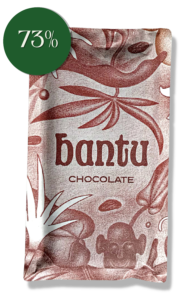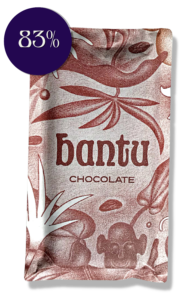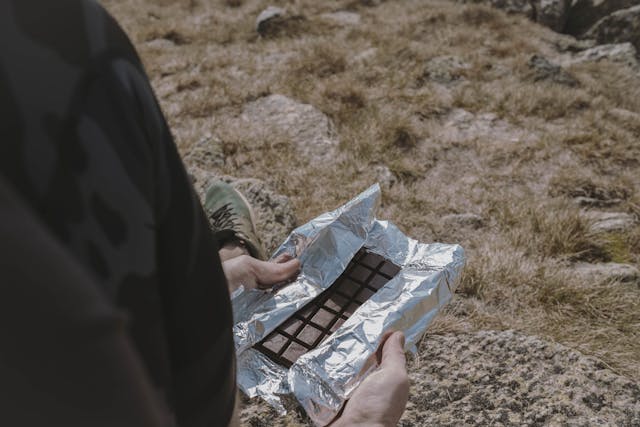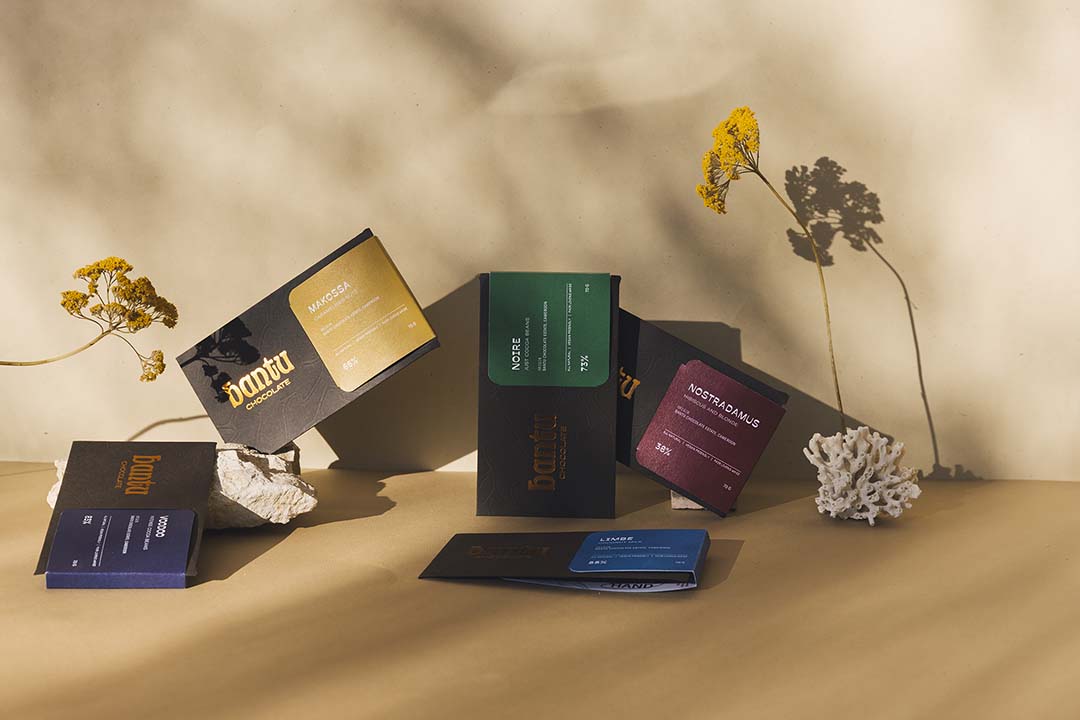
How Artisan Chocolates Are Made [Everything You Should Know]
December 8, 2022
Cacao Pulp Juice, the Future of Cocoa
January 16, 2023What is Single Origin Chocolate?
5 Reasons You Should Care
Chocolate comes from four main varietals of Theobroma cacao. Criollo, forastero, trinitario, and nacional. Within these main varieties are also subspecies, which all account for the diversity in chocolate flavours.
But this diversity does not only come from the different varietals and their subspecies. Other factors, such as soil type, harvest, fermentation, drying, and production processes, all contribute to the taste of the final product. And that is part (not all) of what makes single-origin chocolates special.
In this article you’ll find out the meaning of single origin chocolates, why they are better than blend chocolates, and how to shop for this kind of chocolate.
What is Meant by Single Origin Chocolate?
Simply put, single-origin chocolate is chocolate made from cocoa beans from a single origin, like the same country or region. But it’s more nuanced than that. You could also narrow down the term to single-estate chocolates and single-plantation chocolates.
That division further means differences in quality and flavours. But that’s not all about the ‘fuss’ around single-origin chocolates. For a proper understanding, let’s get a bit of backstory.
A Brief History of Single-origin Chocolate Labels
A 2022 Statista report reveals that chocolate’s highest consumers are Americans and Europeans. But none of these regions grows cacao. That is because Theobroma cacao, the chocolate tree, can only survive in tropical regions, 10 degrees north and south of the equator. West Africa, Southeast Asia, and South America remain the major suppliers of cocoa beans around the world.
image
This difference in consumer countries and bean origin countries makes the issue of origin all the more important.
Originally, artisan chocolate makers in the twentieth century labeled their products with bean origin, and origin became linked with chocolate quality.
Then came the industrial giants, the mass-producers of cheap chocolate. They commercialized production flavours over origin, completely overshadowing the importance of the regions where their cocoa beans came from.
That looked normal until the last decade when food trends turned towards appreciation of food origin among other trends like organic and vegan labels.
Not only has bean origin wormed its way back to the chocolate labels, but the trend has also empowered small batch artisan chocolate makers.
What Makes a Good Single Origin Chocolate?
According to a review in the August 2022 edition of the Journal of Bioscience and Bioengineering, the influence of the manufacturing process on the quality of single origin chocolate is greater than that of the difference in the cocoa production area.
That means two things for the chocolate consumer.
One, two single origin chocolates from the same specie, cultivated under the same conditions, may not have the same quality if they are processed under different conditions. Bean fermentation, drying, roasting, grinding, tempering, and other ingredients all affect the final quality.
Two, it is not enough for you that the chocolate maker labels their bars or products as from so-and-so region. The label in itself is not a guarantee of superior quality. With the rise in consumer trends towards knowing where their favorite foods come from and how they’re processed, dishonest manufacturers can buy into the trend with mere labels.
Sadly, that’s also happening with labels like fair trade.
A good single-origin chocolate is one that is also bean-to-bar, preferably tree-to-bar, as the same chocolate maker handles the entire process.
Most bean-to-bar chocolate makers are small-batch producers, obsessed with quality products and passionate about bringing to the consumers products different from the cheap mass market offers.
You can easily identify bean-to-bar or tree-to-bar single-origin chocolate makers from the stories that power their brands.
Read also: UK Artisan Chocolate Bars and Brands Worth Your Tastebuds and Money
Why is Single-Origin Chocolate is Better Than Blend Chocolate?
Here are five reasons you should buy single-origin chocolates:
1. Better chocolate
The goal of single-origin chocolate is still unique flavours, but flavours that appreciate origin and not just after-harvest production in the factory.
Blending multiple origin beans results in less distinct flavours of chocolate. Meanwhile, the wonder of chocolate is the variety of its flavour notes. There’s no one ‘chocolatey’ taste. You can taste creamy, strawberries, blueberries, citrus, wood, bitter, nutty, licorice, earthy…. and the list continues.
Single-origin chocolates help preserve that diversity for consumers. The reason some industrial brands use artificial flavors is that their products lack those natural flavour notes that come only from the cacao bean.
If you want to enjoy real chocolate, single-origin bean-to-bar products are your go-to.
2. Social Justice
Most single origin chocolates are expensive, for a reason. Not to enrich the chocolate maker. Rather, these chocolate makers engage in direct trade so they can offer premium prices to the cacao farmers who have long been condemned to meager incomes from their hard work.
Many brands also promote education and development in the communities where their beans come from. You cannot value chocolate without valuing the cacao farmer.
3. Positive representation of origin countries
Much of the world’s cacao comes from third world regions: Africa (over 70% of the global supply), Latin America, and parts of Asia. Most people in the west only know these regions in the negative light, for wars, poverty, and food shortage.
At the start of the global cocoa supply chain is the hardworking farmer from these negatively represented countries. Yet the global chocolate industry is worth over a hundred billion dollars.
By labeling their bean origin, chocolate brands help fight back this negative media image. They show that good things also come from these third world countries.
4. Ease of Traceability
Analysis of hundreds of single-origin chocolates proves that the chemical and mineral content of cocoa and chocolates depend on where their beans come from. That’s because the chemical content of the soil shows up in the cacao fruit.
As you learned in the history section, a single-origin chocolate bar is not just a sweet treat, but a story. A story that also elevates the bean origin instead of burying it under the place of chocolate manufacture.
In reality, there’s nothing like US, UK, Belgian, or German chocolate, except in terms of their different processes. They may craft the bars and candies in these American or European temperate climates, but the beans come mainly from tropical West Africa, South America, or Asian countries.
As Kristy Leissie points out, it’s a shame that the label ‘Ghana cocoa’ doesn’t provoke the same appreciation for chocolate as the label ‘Belgian chocolate.’ The sweaty conditions of the farm workers are silenced by praise for a confectioner’s skill.
Chocolate made from blending beans from different origins makes traceability both of chemical composition and provenance impossible.
5. Sustainable Cocoa Production
Caring about where their beans come from is caring about the labour conditions of those who work on cacao farms. But that’s not all about cacao sustainability. Better wages prevent desperate farmers from felling more forests to increase yields in an attempt to make ends meet.
What About Single Estate and Single Plantation Chocolate?
This is still single origin chocolate, with a narrowed, richer profile than just single-country origin.
For example, a cooperative exporting single-origin cocoa may seek to eliminate differentiation between batches from different farms and estates to have just one general profile for their beans.
That defeats the very purpose of single-origin chocolates, which is to have a wide variety of unique flavours.
So while single country labels are still great for a positive media representation, finer labels give deeper nuances about how bean origins influence the taste of the final product.
A Better Way to Shop for Single-Origin Chocolates
Start with the label, but don’t end there! Consumer trends may force chocolate makers to adopt labels, but that’s just your starting point.
Go deeper with a sample of single origin chocolate brands. Read their stories, find out why they do what they do, and then order their products.
Our Organic Single Origin Chocolate Bars
We make organic artisan chocolate bars here in the UK with single-estate cocoa from our agroforestry farm in Cameroon, West Africa. In a nutshell, we’re tree-to-bar makers with absolute control over the process from the tree to your tastebuds.
Our collection includes bars with different cacao content and very minimal additives. We do not use artificial flavours.
Discover the unique flavors of our single origin chocolate bars
.
Chocolate Extinction: Fact vs. Fiction + What Chocolate Lovers Can Do
Chocolate ExtinctionFact vs. Fiction, What Consumers Can Do Share On Facebook Twitter Email Is the world really running out of chocolate? Not really. Currently the global […]
Corporate Chocolate Gifting Ideas to Appreciate Employees and Delight Clients
Corporate Chocolate GiftingHow to Appreciate Employees & Delight Clients Share On Facebook Twitter Email When it comes to corporate gifting, a one-gift-fits-all approach just doesn't cut […]
Cacao Supper Club at Home: Guide to Tasting Chocolate, Cacao Tea, and Pulp Juice
Cacao Supper Club at HomeGuide to Tasting Chocolate, Cacao Tea, and Pulp Juice Share On Facebook Twitter Email Imagine gathering around the table with a few […]
